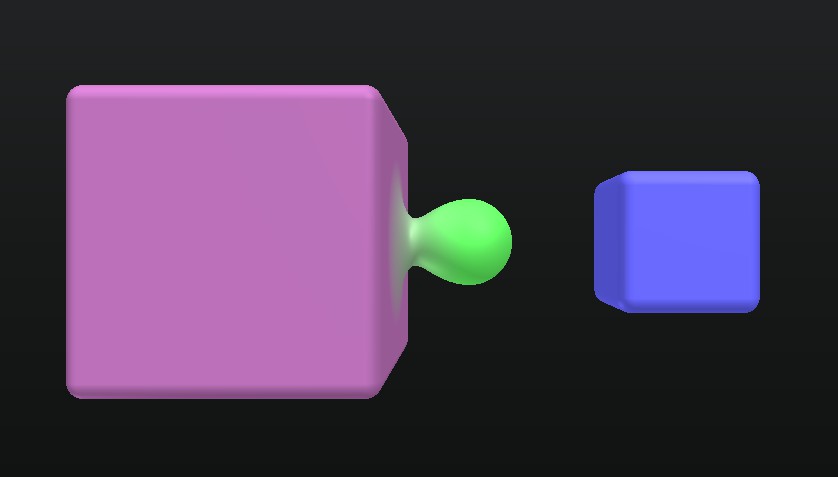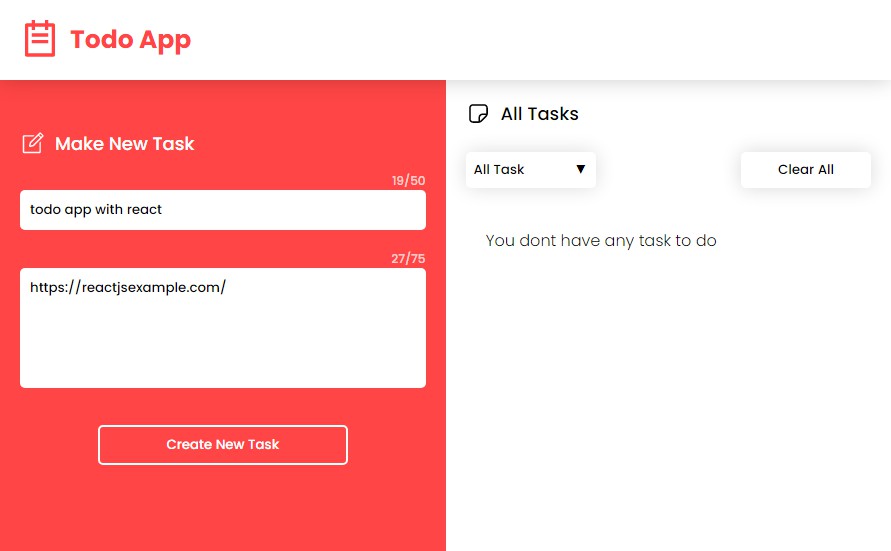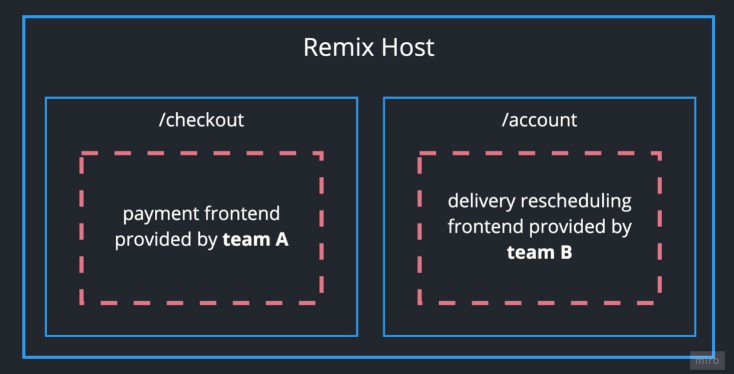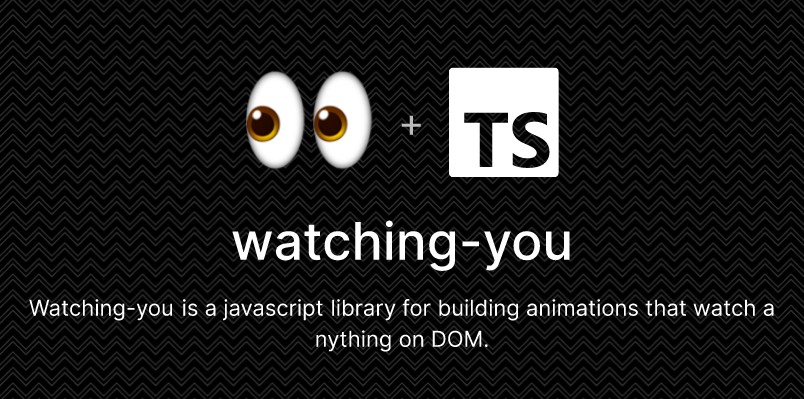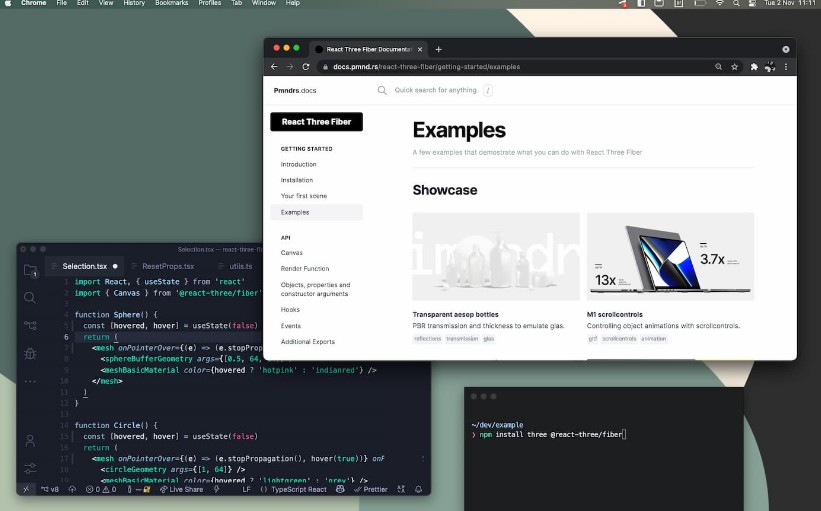three-raymarcher

Examples
- Animation: glitch.com/~three-raymarcher
- Interactive: glitch.com/~three-raymarcher-interactive
- Transform: glitch.com/~three-raymarcher-transform
- react-three-fiber: codesandbox.io/s/three-raymarcher-3xdor
Installation
npm i three-raymarcher
Basic usage
import {
Color, PerspectiveCamera, Quaternion, Scene, Vector3, WebGLRenderer
} from 'three';
import Raymarcher from 'three-raymarcher';
const aspect = window.innerWidth / window.innerHeight;
const camera = new PerspectiveCamera(70, aspect, 0.01, 1000);
const renderer = new WebGLRenderer();
renderer.setSize(window.innerWidth, window.innerHeight);
document.body.appendChild(renderer.domElement);
const scene = new Scene();
const raymarcher = new Raymarcher({
entities: [
{
color: new Color(0x0000FF),
position: new Vector3(-1.5, 0, -4),
rotation: new Quaternion(0, 0, 0, 1),
scale: new Vector3(1, 1, 1),
shape: Raymarcher.shapes.box,
},
{
color: new Color(0x00FF00),
position: new Vector3(0, 0, -4),
rotation: new Quaternion(0, 0, 0, 1),
scale: new Vector3(0.5, 1, 0.5),
shape: Raymarcher.shapes.capsule,
},
{
color: new Color(0xFF0000),
position: new Vector3(1.5, 0, -4),
rotation: new Quaternion(0, 0, 0, 1),
scale: new Vector3(1, 1, 1),
shape: Raymarcher.shapes.sphere,
}
],
});
scene.add(raymarcher);
renderer.setAnimationLoop(() => (
renderer.render(scene, camera)
));
Lighting
three-raymarcher uses a DNPBR (definitely not phisically based rendering) lighting model:
Indirect diffuse
Assign a CubeUVMap texture to userData.envMap and control it’s intensity with userData.envMapIntensity.
If you don’t set an envMap, the shader will use vec3(envMapIntensity) as the ambient light.
Indirect specular
Not yet implemented. Coming soon, maybe.
Direct diffuse & specular
three-raymarcher will automatically use any three.js DirectionalLight in the scene.
Raymarching
userData.blending controls the global smoothing of the union operations.
You can increase the performance by setting userData.resolution to something less than 1. In most of the examples is set to 0.5 (2x downsampling), which seems to give the best quality/performance trade-off.
Raycasting
three-raymarcher supports the three.js Raycaster out of the box:
const [hit] = raycaster.intersectObject(raymarcher);
if (hit) {
console.log(hit.entityId); // The index of the intersected entity
console.log(hit.entity); // A reference to the intersected entity
}
Want to contribute?
Here’s how to setup the module dev environment:
# clone this repo
git clone https://github.com/danielesteban/three-raymarcher.git
cd three-raymarcher
# install dependencies
npm install
# start the environment:
npm start
# open http://localhost:8080/examples/animation in your browser
